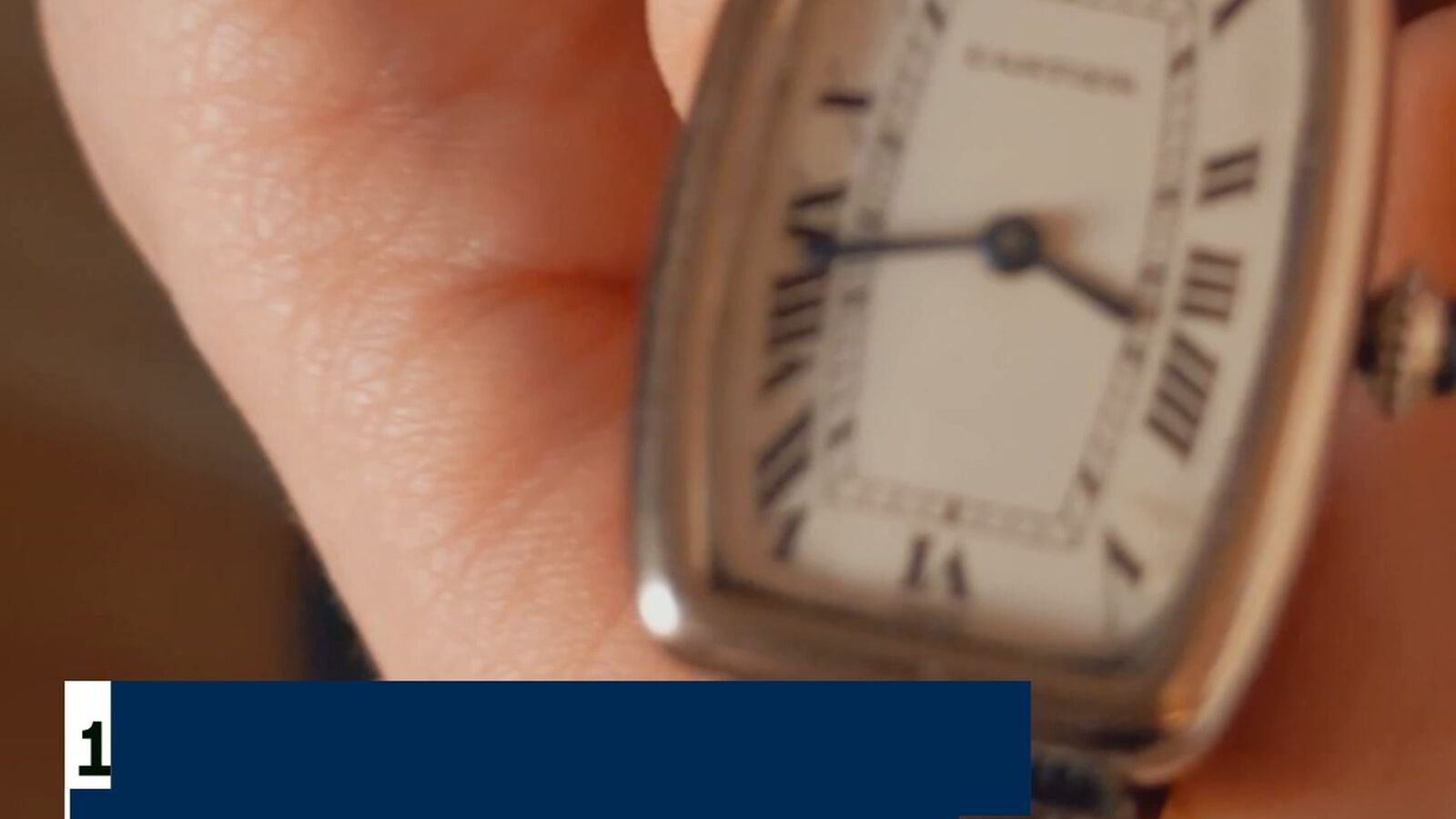Heatwaves and hot days may often be described as "good weather", but heat can have a dangerous effect on the human body.
From heat exhaustion to heat stroke, dehydration to water toxicity, it can be a minefield trying to stay cool - so the tech world is coming up with its own solutions to overheating.
Getting sweaty - and measuring it
Our bodies strive to keep the same core temperature, usually around 37C, but this can vary from person to person.
When it is warm outside, our blood vessels open up to try and lose heat to our surroundings.
The hypothalamus in the brain also tells sweat glands to start working, and as sweat evaporates from our skin, it carries away heat and lowers our body temperature.
Read the latest on the heatwave here
Measuring that sweat through wearable tech like patches can offer important clues to knowing when our bodies are overheating.

Epicore, a US biotech company, has now developed a patch that measures how much sweat you are producing and the amount of different chemicals, like electrolytes, it contains.
Sweat can "indicate the health status of the body at the molecular level" and, because it is so easy to access, it is "ideal for continuous monitoring", according to a 2023 study in Nature.
If the sweat patch, which also measures the body's core temperature and movement, senses you are approaching dangerous levels of overheating, it sends alerts to your phone.
Heat exhaustion vs. heatstroke
They are often used interchangeably by members of the public, but heat exhaustion and heatstroke are two distinct conditions, although both start in the same way.
Symptoms of heat exhaustion include tiredness, dizziness, headaches, vomiting, excessive sweating, muscle cramps, and a high body temperature, among others.
Heat exhaustion does not usually need emergency medical help if you can cool down within 30 minutes.
But when it turns to heatstroke, it becomes dangerous.
If someone is still unwell after 30 minutes of resting in a cool place, being cooled and drinking fluids, they may have heatstroke.
A very high temperature, hot skin that is not sweating, a fast heartbeat and seizures are all signs it is time to call 999.
Chloe Brimicombe, from the Royal Meteorological Society, told Sky News the most effective way to cool down is full-body immersion in lukewarm water.
“Ice water can cause the opposite body response of old shock,” she said. “Lukewarm showers are also effective.”
Staying hydrated - but not too hydrated
While it may seem the obvious response, drinking too much water during a heatwave can be harmful.
"If you drink in excess, you wash important minerals out of your body," Dr Brimicombe said.
When you drink too much, your kidneys can't get rid of the excess and the sodium content of your blood becomes diluted - this is called hyponatremia, and it can be life-threatening.
For some people though, just getting enough water is difficult.
People with dementia "may forget to drink enough fluids and wear suitable clothing" during the heatwave, according to Angelo Makri, senior knowledge officer for wellbeing at the Alzheimer's Society.

There are a number of smart cups and bottles being released onto the market that monitor how much water you are drinking throughout the day.
There has not been much academic research into how effective smart bottles are but one study commissioned by the National Kidney Foundation did find that in people with kidney stones, those using the tech were likely to drink more - and forgot to drink less often.
A cooling, personal breeze
The UK's buildings are not well-designed when it comes to heat, according to Professor Prashant Kumar from the University of Surrey.
Poor ventilation means it can be hard to circulate air throughout our buildings, and the lack of greenery in our towns and cities can make the heat feel more unbearable.

But while there are long-term solutions like better city planning or retrofitted buildings, it may be more efficient to simply cool the air around you, instead of trying to cool the whole room.
In Japan, inventor Ichigaya Hiroshi has been trying to keep workers cool by using their clothes since the 1990s.

Rather than cooling down whole rooms or buildings, he told Japan's government PR office that he wanted to "cool the air around each person" as it would take much less energy.
He experimented with jackets laced with water pipes but found they leaked on people, and moved on to stitching miniature fans into the backs of workers' clothing.
Now, air-conditioned clothes are all the rage in the country, according to Vogue, and even hit the high-fashion catwalks of Paris Fashion Week last October.
Read more:
This is what happens to your skin when it burns
How sunscreen actually works
The best use for your freezer in the heatwave
But if a ballooning, air-filled jacket won't cut it at your office, more discreet options have also been invented.
Fans that hang around your neck and blast cool air onto your face are a common sight on public transport in the UK during the summer, and Sony has now taken it a step further.
The Japanese tech giant has developed the Reon cooling system; a metal plate that sits between your shoulder blades and cools your core.
It is marketed towards office workers who can wear the system underneath shirts and blouses, although it is still visible at the top of the collar.
A small clip-tag sits on the outside of the shirt to measure the air temperature, and the device automatically adjusts how hot or cold it is, depending on your environment.
All this tech may help keep you cool but, as Professor Kumar pointed out, at the moment, the UK is only hot for a few weeks a year (although global warming indicates that may increase).
Please use Chrome browser for a more accessible video player
Research released last week showed the UK had bought 7.1 million mini-fans in the last year, but at the same time binned, or didn't use, 3.4 million of them.
So as temperatures rise, it remains unclear whether the development of smart tech means it has now reached the point where it is likely to become a widespread tool in the ongoing battle to keep cool - or if a lukewarm shower will continue to suffice for most of us.

 5 months ago
33
5 months ago
33























 English (US)
English (US)